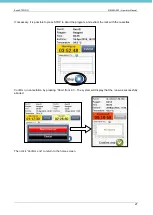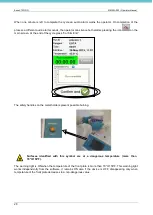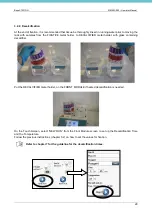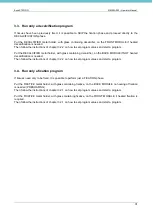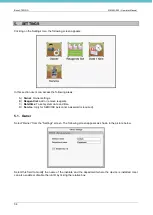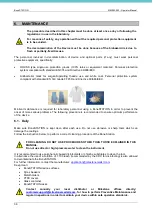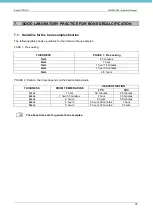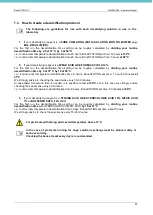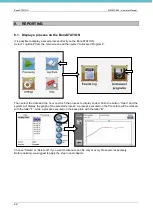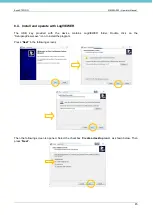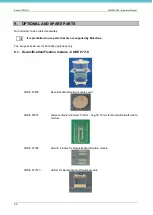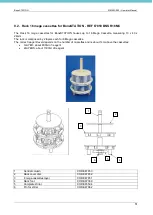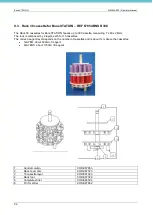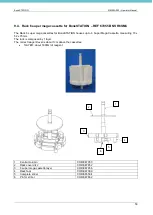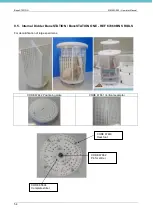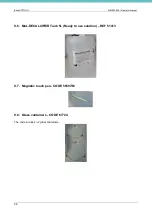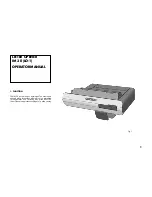
BoneSTATION
MM093-002
– Operator Manual
41
7.3. How to create a decalcification protocol
1.
If your decalcifying reagent is a
PURE CHELATING (EDTA) SOLUTION WITH NO BUFFER (e.g.
MoL-DECALCIFIER):
For the first run the decalcification time setting can be roughly calculated by
dividing your routine
decalcification time
by 2.5 at 37°C, by 5 at 50°C.
i.e.: routine room temperature decalcification time 25 hours; BoneSTATION set time: 10 hours
at 37°C
.
i.e.: routine room temperature decalcification time 25 hours; BoneSTATION set time: 5 hours
at 50°C
.
2.
If your decalcifying reagent is a
WEAK ACID LIKE FORMIC ACID 10-12%:
For the first run the decalcification time setting can be roughly calculated by
dividing your routine
decalcification time
by 5 at 37°C, by 10 at 50°C
.
i.e.: routine room temperature decalcification time 8 hours; BoneSTATION set time: 1 hour 40 minutes
at
37°C
.
We strongly advise to checking the specimens every 30-60 minutes.
In case faster turnaround time is needed, it is possible to test
at
50°C
but in this case we strongly advise
checking the specimens every 30 minutes.
i.e.: routine room temperature decalcification time 8 hours; BoneSTATION set time: 50 minutes
at 50°C
.
3.
If your decalcifying reagent is a
STRONG ACID LIKE HYDROCHLORIC ACID 10%, NITRIC ACID
7% or BUFFERED EDTA (10% HCl):
For the first run the decalcification time setting can be roughly calculated by
dividing your routine
decalcification time
with HYDROCHLORIC/NITRIC ACID
by 15
at 37°C
.
i.e.: routine room temperature decalcification time 3 days; BoneSTATION set time: about 5 hours.
We strongly advice to check the specimens every 15-20 minutes.
The following are guidelines for use with each decalcifying solution in use in the
laboratory
For protocols with strong acids avoid temperature above 37°C.
In the case of protocols running for days, solution exchange must be planned daily or
each second day.
Checking the bone at least every day is recommended.

